CountyLine 23 gal. Galvanized Utility Stock Tank – 109772599
Keep your animals healthy and hydrated with the CountyLine Galvanized Utility Stock Tank. This extremely durable steel tub holds up to 23 gallons of water and is void of sharp edges to minimize the chance of injuries.
Safely Provides Hydration for Small Livestock
Keep your animals healthy and hydrated with the CountyLine Galvanized Utility Stock Tank. This extremely durable steel tub holds up to 23 gallons of water and is void of sharp edges to minimize the chance of injuries.
Built to Last
The CountyLine Galvanized Utility Stock Tank is designed to withstand harsh environments. Made of high quality galvanized steel, this stock tank is both resistant to rust and extremely durable so you won’t need to replace it any time soon.
Not Just for Livestock Feeding
Due to a compact structure and elegant design, The CountyLine Galvanized Utility Stock Tank is a versatile piece that can be used for a variety of purposes. With a modest 23-gallon capacity, this stock tank is great for planting, cooling, displaying and more.
Details:
2 ft. W x 1 ft. H x 2 ft. L stock tank
23-gallon capacity
Galvanized steel with zinc finish
1 year limited warranty
Additional information
| Capacity | 23 gal. |
|---|---|
| Primary Finish | Zinc |
| Primary Material | Steel |
| Product Height | 1 ft. |
| Product Length | 2 ft. |
| Product Width | 2 in. |
| Warranty | 1 Year Limited |
| Manufacturer Part Number | GCT21CL |

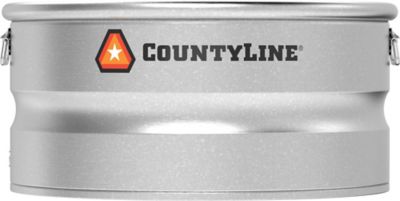


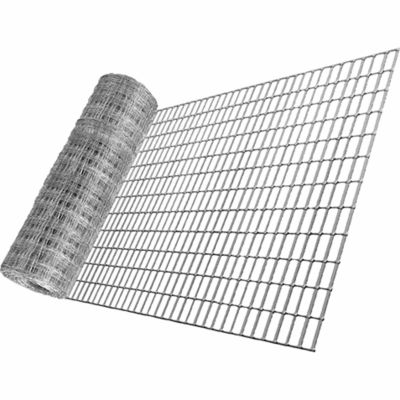
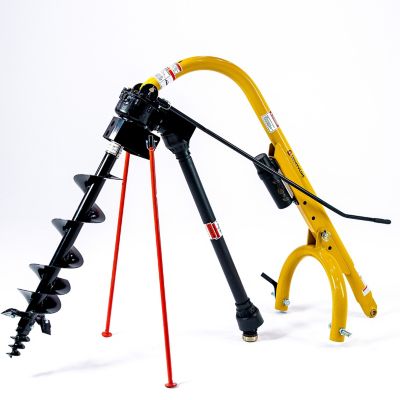

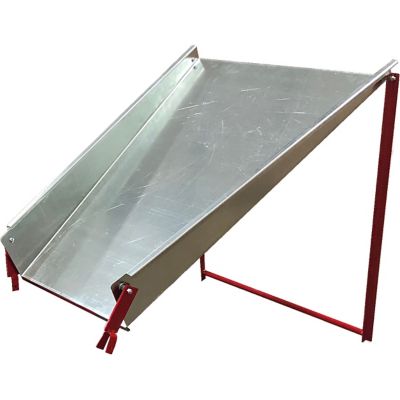

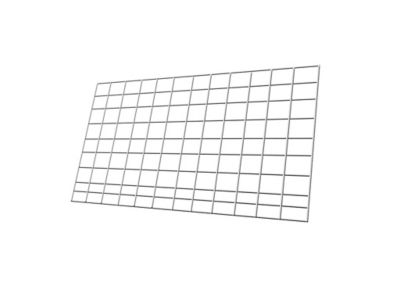
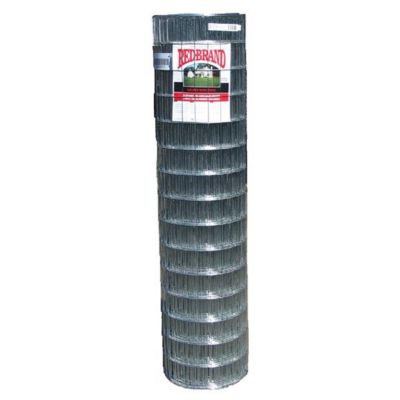
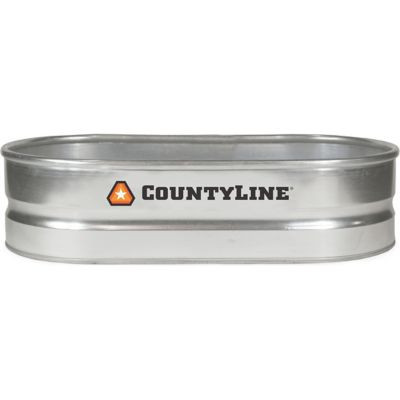
by Boise
We love the sturdy stock tank. The only complaint is that the description said 24″ diameter, but it is only 22″. We are using it for a garden fountain, so the wider diameter would have been better for our design.
by Duarte
I am very happy with my tank my dogs love it thank you.